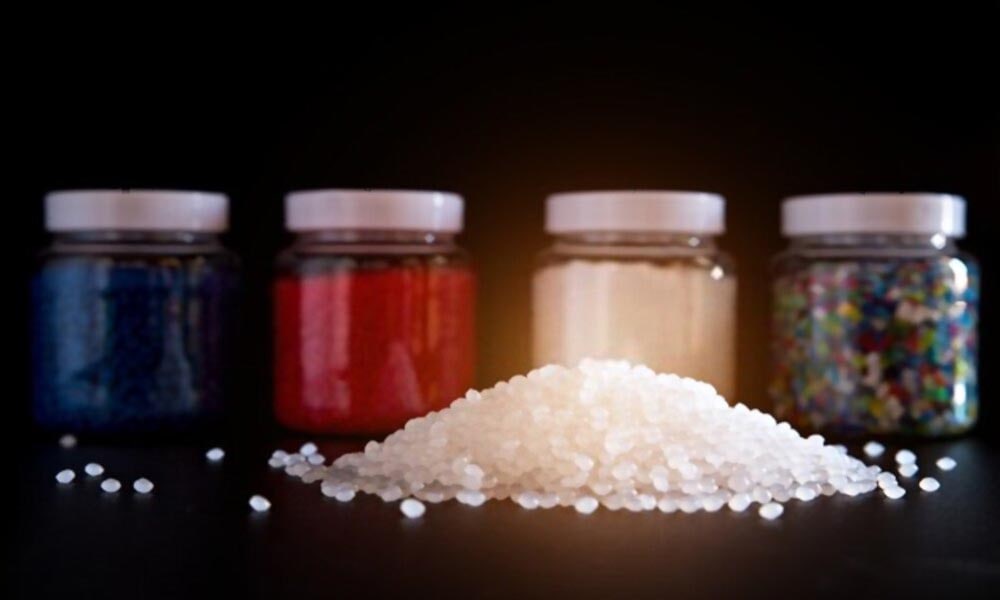What are plastic additives? Plastics, which are commonly used in all areas of our lives, are among the most questioned materials with the increasing awareness of environmental protection. What is the content of plastics that we both cannot give up and question so much?
Polymers are organic compounds formed by carbon, chlorine, nitrogen, hydrogen and oxygen. Monomers combine in chain form under pressure and heat and form macropolymers. Plastics consist of a group of polymers called thermoplastics.
Plastics made of polymers need additives due to the properties that they will need according to their intended use. Not having an individual functionality, plastics help us transform basic polymers into useful plastics thanks to these additives and fillers added to them.
One of the most important additives used in plastics are plasticizers. They do not create any changes in the chemical structure and increase the plastic's ability to process.
During production, lubricants are added in the machine for the purpose of ensuring a good mixing and the processing of molten plastic is facilitated.
Also, stabilizers are added to protect the mechanical properties of plastic materials and to increase their UV and heat resistance. Stabilizers are organic compounds, usually composed of organic and inorganic metal salts and organic tin compounds and phenols.
Antioxidants, namely amine and phenol compounds, are additives that prevent oxidation, i.e. prevent air and radiation damage.
Paraffin containing bromine, chlorine, nitrogen, antimony and phosphate is an additive guaranteeing the non-flammability.
Bio-based stabilizers provide protective properties against bacteria, microbe and mold growth. The heat resistance and low volatility of this additive material, the toxicity of which has to be low in terms of human and environmental health, are important.
Anti-fog feature is especially important in food packaging. The chemicals equipped with this feature prevent the formation of water droplets after cooling.
In order to ensure the desired colour characteristics, colour pigments are added to the product.
Plastics are not materials directly obtained from the nature. They are easy to carry, easy to process, durable and recyclable materials. They are used in sectors such as automotive, home appliances, space industry and are preferred more than alternative materials. Plastics are produced using 2.5 times less energy than paper production. They are subject to many inspections at every stage of their production, so they are used safely even in the food and health sector.
